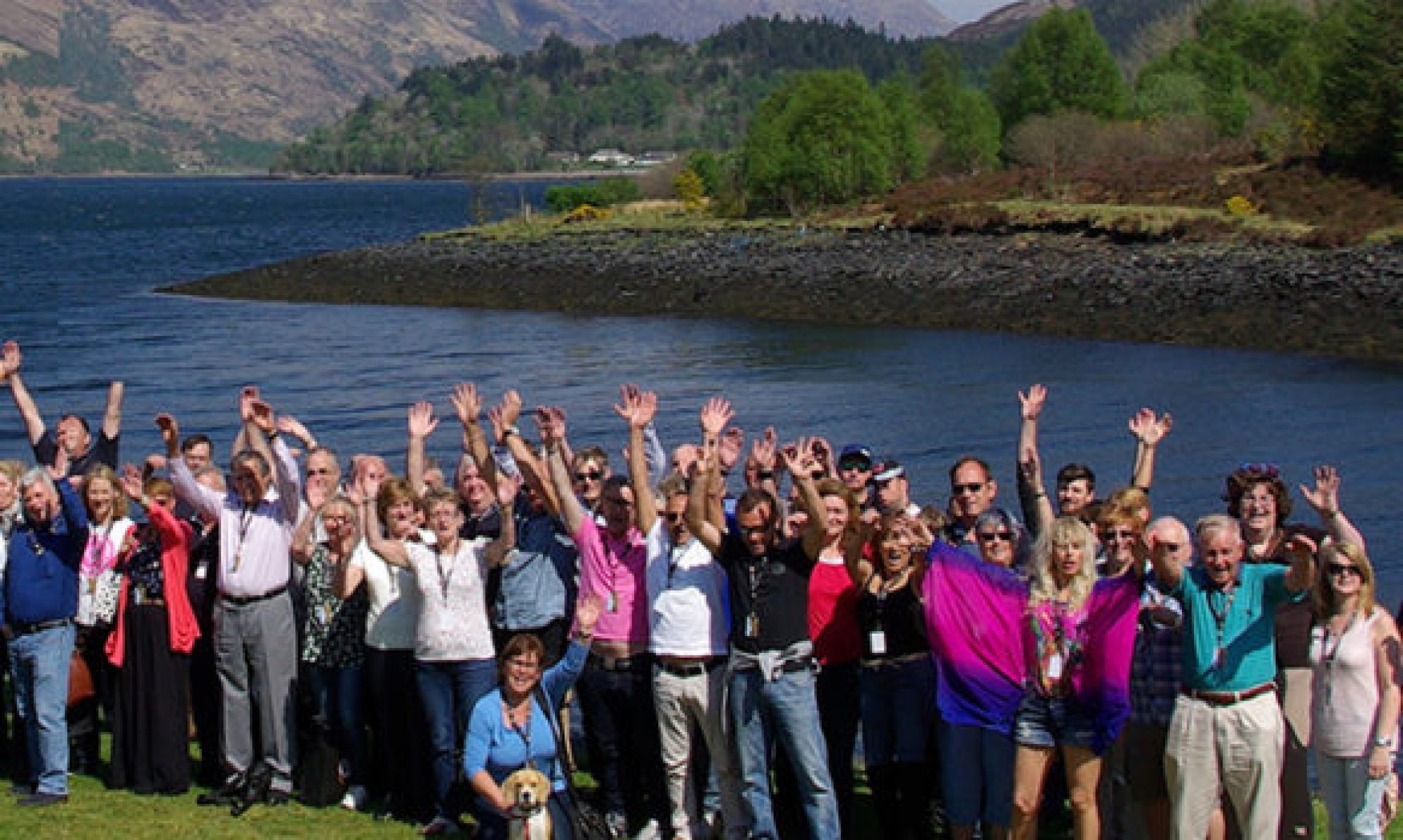Wildlife presenter Mike Dilger explains how you can help save our butterflies by taking part in the annual Big Butterfly Count. So what exactly is it? Well for a start it is a UK based project, so for those who live elsewhere, you sadly cannot take part. Since 2010 it has become the world’s biggest butterfly survey. 52,000 people took part in 2015, counting over 580,000 individual butterflies and day-flying moths across the UK. The 2016 big butterfly count took place from 15 July – 7 August and the 2016 results have just been released.
In the long-term butterflies and moths are in decline due to human activities such as habitat destruction and pesticide use, there are short-term changes, from year to year, butterfly generation to generation, which are typically caused by natural factors such as the weather and populations of parasites. So, in cold, wet summers, such as in 2012, butterfly populations may crash, while in good summers, such as 2013, they bounce back.
The 2016 results buck this trend. The summer was good for butterflies, with above average temperatures and yet butterflies declined.
The average number of individual sightings was the lowest recorded since the project began in 2010! A mere 12.2 individuals per count were recorded, down from 13.4 per count in 2015, 14.7 in 2014 and a whooping 23 per count in 2013.
Despite the general scarcity of butterflies during the 2016 big butterfly count, huge number of people turned out, once again, to help with the world’s largest count of butterflies. Altogether, 38,233 counts were submitted, from the Isle of Sheppey to the Isle of Skye and all across the UK, by over 36,400 participants – a fantastic effort and I was proud to take part once again!
But there was good news too. Red admiral numbers were up, as was the green-veined white. Numbers in Scotland were also up and I cannot help but wonder whether this reflects increased use of sprays in England compared to Scotland. My home in Alderney is a riot of butterflies and day flying moths, in large part because there has been no intensive farming on the island – ever.
Anyway, check out the full results here, and please make sure you take part in the Big Butterfly Count next year. Download the excellent identification chart here.




